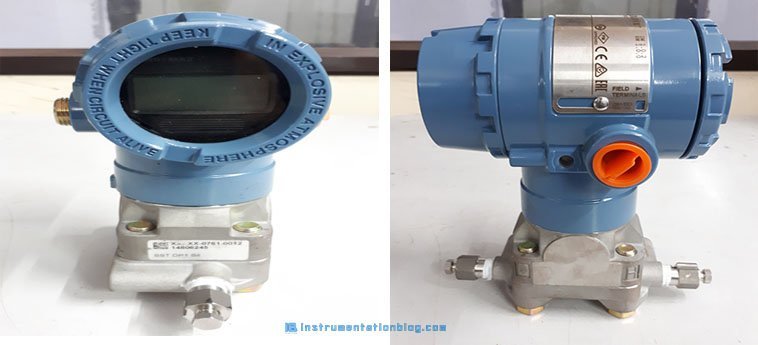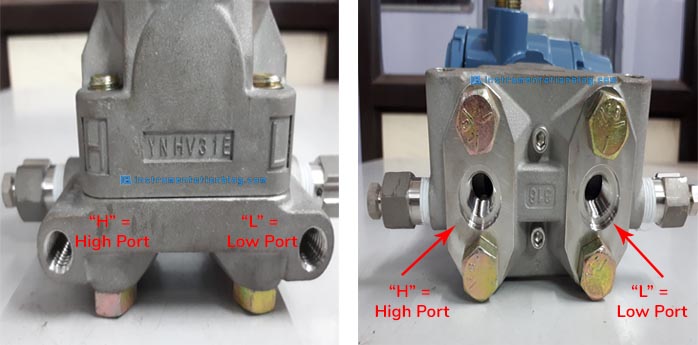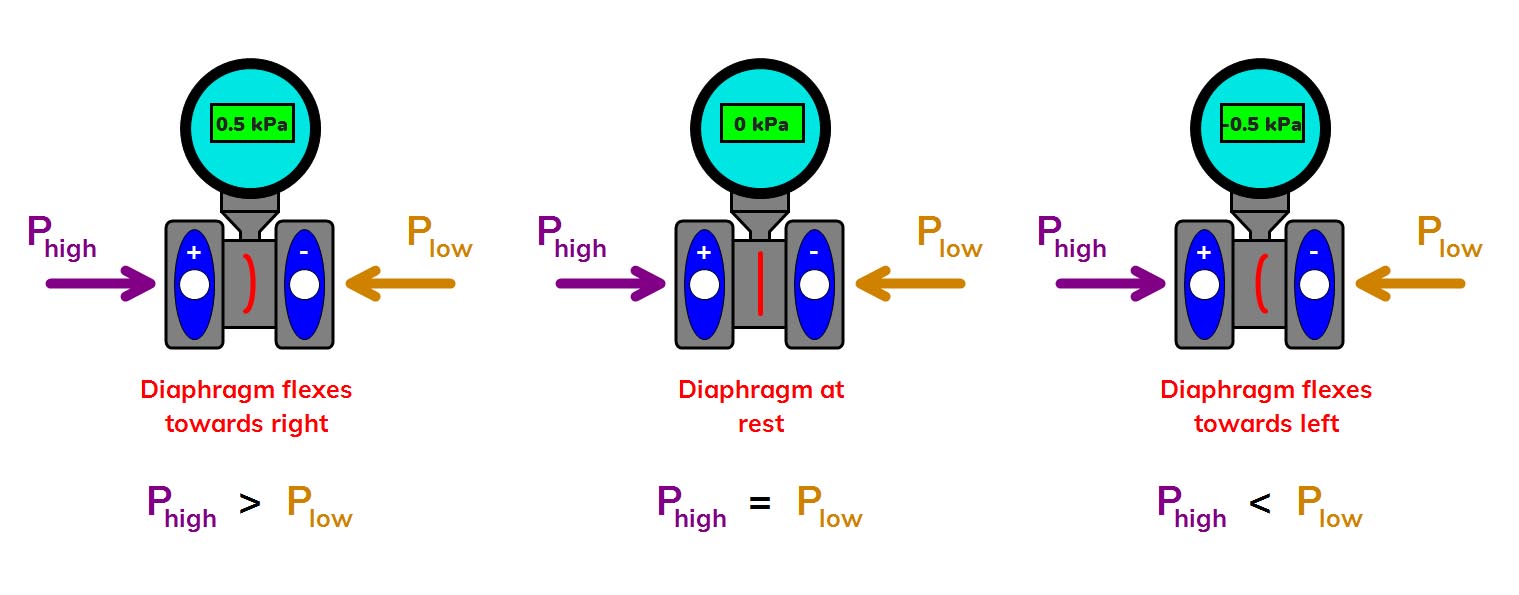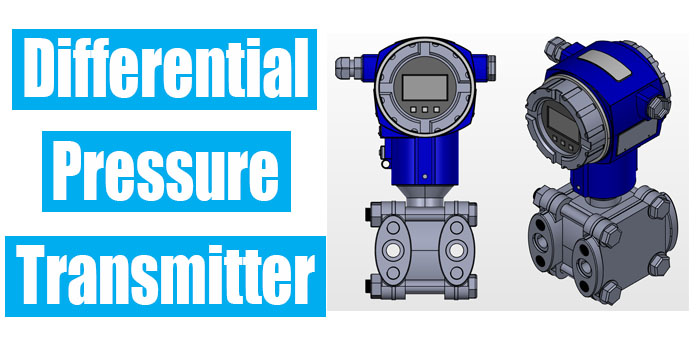Hi! Friends! Hope you all are doing well!
Welcome to another article about instrumentation. In this article, we are going to see about Differential Pressure Transmitter or DPT.
So further not waste more time and let’s quickly explore the one.
Table of Contents
Basics of Differential Pressure Transmitter
One of the most common pressures measuring instruments in the industry nowadays is the Differential Pressure Transmitter. The name itself says that it measures the difference in the pressures.
To know more about differential pressure transmitters we first have to know about differential pressure.
What is differential pressure?
Differential pressure is the pressure measured between two different pressure points, usually known as DP or ΔP.
Differential pressure is widely used in domestic as well as industrial applications. The DP measurement is necessary during flow measurement. Also, it is necessary sometimes to know the level, density, viscosity, or even temperature.
As we have said that DP measurement is necessary to know the flow rate. By measuring the difference in fluid pressure while the fluid flows through the pipe we can calculate the flow rate.
Generally, Flow measurement includes primary and secondary elements. The primary element produces a difference in pressure as the flow increases. The most common types of primary elements are Orifice, Venturi, Pitot tube, etc.
The secondary element is a differential pressure transmitter, which measures the pressure difference produced by the primary element. The differential pressure measurement mustn’t be affected by changes in the fluid pressure, temperature, or other properties such as ambient temperature.
The common output of the DP transmitter is an electrical signal like 4-20mA. But it may also include digital communication like HART, Profibus Fieldbus, Modbus, etc.
What is a Differential Pressure Transmitter?
A differential pressure transmitter measures the pressure difference between two pressure points and then converts it into an electrical signal. The differential pressure transmitter consists of two pressure sensing elements at the bottom and the electronics circuit at the top. There are two pressure ports are marked as “High” and “Low”.
Construction of differential pressure transmitter:

- Pressure sensing Elements
- Electronic Circuit
- 4-20mA Current Transmitter
Pressure sensing element:

There are two pressure sensing elements are located at the bottom of the differential pressure transmitter which is marked as High and Low. The most common type of pressure sensing element used in the DP transmitter is a diaphragm.
The diaphragm is located between the two pressure sensing element. The diaphragm will deflect as the pressure applied between two pressure points. This deflection is converted into an electrical signal using sensors like strain guage, capacitance, etc.
Electronic Circuit:
The sensor converts electrical signal which is of very low voltage usually in mili volt. This signal needs to be amplified and then converted into 4-20mA. This electronic circuit is housing on the upper side of the differential pressure transmitter.
4-20mA Current Transmitter:

The electrical signal 4-20mA is important to display the pressure or apply the pressure to the other unit like PLC, Closed-loop controller, etc.
This unit converts the signal into a 4-20mA range, the lower range is converted into 4mA and the upper range is converted into 20mA. The differential pressure is now converted into a linear range of 4-20mA.
Operation of Differential Pressure Transmitter:
The modern differential pressure transmitter uses a diaphragm as a pressure sensing element most. One side of the diaphragm receives pressure from the “high” port and the other side o the diaphragm receives pressure from the “Low” port.

Differential Working Principle
- When the pressure at the “H” port is more than the “L” port, then the output of the transmitter will go towards the 20mA.
- When the pressure at the “H” port and “L” port is similar, then the output of the transmitter will be at 4mA.
- When the pressure at the “H” port is less than the “L” port, then the output of the transmitter will go towards the 4mA.
Industrial applications of Differential Pressure Transmitters:
There are many industrial applications where DPT is widely used like,
- Oil and Gas flow through the pipe
- A water treatment plan, monitor the water flow
- Sprinkle system
- Pressure drops across valves can be monitored.
- Pump control monitoring.
I hope you got all the basic details about “DPT” or differential pressure transmitter. If you have more questions about it then please comment down below.
If you want to know about the practical PLC program of DPT then comment below this article. Thanks!
Instrumentation Sensors related articles ⇒
- What is RTD Sensor?
- Fundamentals of Thermocouple
- Industrial Pressure Measurement
- Control System – Closed loop vs Open loop
Programmable Logic Controller (PLC) related more articles ⇒
